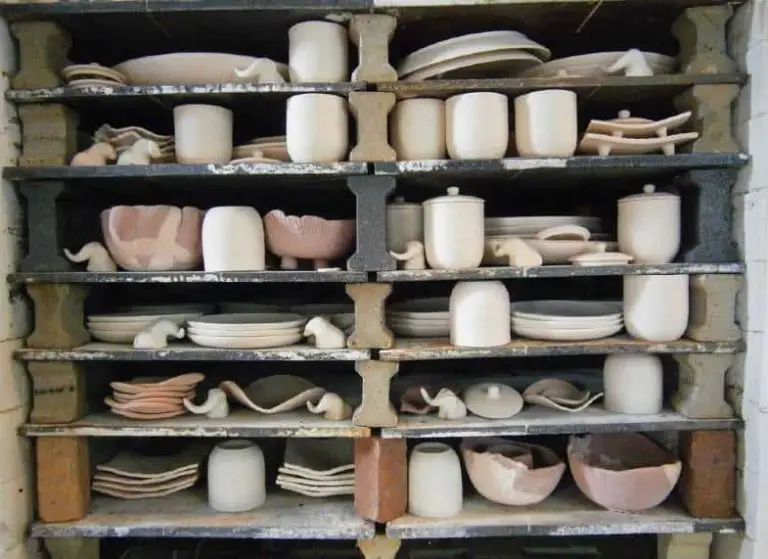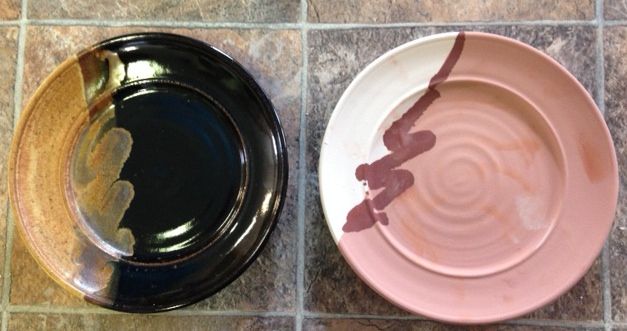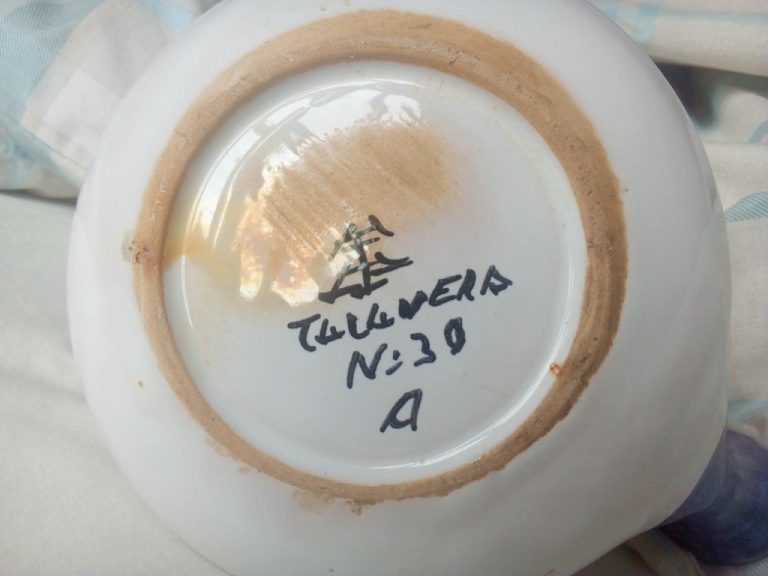Are Clay Beads Strong?
Clay beads are ornaments, jewelry components, and craft supplies made from molded clay that is shaped into small spheres or tubes with holes for stringing. They come in a variety of colors, shapes, sizes, and textures. Clay beads have been used to make jewelry and accessories for thousands of years across many cultures. Some of the most common uses for clay beads today include:
- Jewelry – Clay beads are strung into necklaces, bracelets, anklets, and other jewelry pieces. They are very versatile for jewelry making.
- Home decor – Clay beads can be used to make curtain tie backs, window hangings, plant hangers, wind chimes, dream catchers, and other decorative accents.
- Crafts – Clay beads are commonly used for a wide variety of craft projects including scrapbooking, wreaths, ornaments, candle holders, coasters, frames, and more.
- Kids’ projects – Large clay beads with holes are ideal for lacing projects and other crafts for children.
With their diversity, versatility, and long history, clay beads continue to be a popular choice for jewelry makers, artists, crafters, and hobbyists.
Clay Bead Composition
Clay beads are primarily made from clay, water, and pigments. The type of clay used can vary, but some common types include porcelain, polymer clay, and ceramic clay. Clays have different properties that affect the finished beads.
Porcelain clay is made from kaolin clay. It’s very fine and smooth, firing to a hard, glass-like finish. Polymer clay is oil-based and flexible when raw. It hardens when baked in a regular oven. Ceramic clay is an umbrella term for many earthenware clays that fire at lower temperatures, resulting in a permeable, porous finish.
Water is added to clay to make it pliable so it can be shaped. The amount of water impacts the malleability and elasticity when working the clay. Pigments are natural or synthetic particles used to add color. Common pigments for clay beads include metal oxides, carbonates, and colored glass powders.
In addition to clay, water, and pigments, other additives can be mixed in such as grog or chamotte, which are crushed ceramics added to the clay body to affect its firing properties. The raw materials and proportions used determine the characteristics and durability of the final clay beads.
Manufacturing Process
The manufacturing process plays an important role in determining the strength and durability of clay beads. Here is a look at how clay beads are typically shaped and fired:
Clay beads start as a soft, pliable clay that can be molded into different shapes and sizes. The beads may be shaped by hand, or pressed into molds to create uniform, consistent sizing and shapes such as round, cube, cylinder, oval, etc. Some techniques for hand shaping clay beads include rolling clay into balls, cutting shapes out of clay sheets, or hand pinching clay into bead forms.
Once the beads are shaped, they undergo a drying period to remove excess moisture from the clay. Then, the beads are loaded into a kiln and fired at high temperatures ranging from 1600°F to over 2000°F. Firing causes chemical and physical changes in the clay that harden and strengthen it into a durable, ceramic material. The firing process may take 10-12 hours or longer depending on the clay composition and desired properties.
The temperature and length of firing impacts the strength of the finished clay beads. Higher firing temperatures and longer duration typically increase the durability and resistance to breakage. The firing process essentially transforms soft clay into a strong, ceramic material ready for use in jewelry, craft projects, and more.
Strength Factors
There are several key factors that affect the strength and durability of clay beads:
Firing Temperature
The temperature at which the clay beads are fired is critical. Firing at higher temperatures results in stronger, denser beads. For example, beads fired at cone 6 (2,200°F) will be stronger than beads fired at cone 04 (1,945°F). The high heat fuses the clay particles together more fully, creating a tighter molecular structure.
Clay Type
The actual clay body composition makes a difference in strength too. Porcelain clays produce some of the strongest and densest beads, as porcelain particles are very fine and pack tightly together when fired. Stoneware clay also creates durable beads. Earthenware beads tend to be more porous and brittle in comparison.
Shape and Thickness
The shape and thickness of the beads affects their strength. Thicker beads are typically stronger than thinner beads, as they have more bulk and structural integrity. Beads with simple spherical or round shapes tend to be stronger than intricate beads with thin protrusions or holes, which can break more easily.
Testing Methods
There are a few standard ways to test the strength and durability of clay beads:
Compression testing involves placing a single bead between two flat surfaces and slowly increasing the force. The maximum force the bead can withstand before cracking is recorded. This helps determine the crushing strength. Stronger clay beads will be able to withstand more compressive force before breaking.
Tensile testing involves pulling on opposite ends of a clay bead until it breaks. The maximum tension force indicates the tensile strength. Higher values mean the bead is less likely to crack from stretching or bending forces.
Hardness testing uses a calibrated hardness pick or durometer to measure the resistance of the clay bead surface to indentation. The hardness value can reveal brittleness and durability.
Drop testing involves dropping beads from increasing heights onto a hard surface and inspecting for damage. The maximum drop height without breakage evaluates impact resistance.
These standardized laboratory tests help quantify and compare the strength attributes of different clay bead products. The results provide quality control benchmarks and inform optimal usage.
Comparisons
Clay beads can be surprisingly strong and durable compared to many other craft materials. Here’s how they compare:
Wood: Most wood beads are relatively fragile, being prone to chipping, cracking, and breaking. Solid clay beads made from quality clay fired at high temperatures are generally stronger than wooden beads.
Plastic: Plastic beads are very durable and designed not to break, but they lack the natural feel and variety of clay. High quality polymer clay beads can approach plastic in strength while retaining an organic, clay-like texture.
Glass: While glass beads are inorganic like clay, they are hard and brittle. They can crack or shatter under pressure. Clay beads tend to be more resilient to impacts.
So in summary, quality clay beads occupy a nice space between ultra-strong synthetic materials like plastic and delicate natural materials like wood. Their strength comes from high firing temperatures, carefully chosen clay bodies, and crisp manufacturing techniques. With proper care, clay beads can hold up wonderfully even in frequently-worn jewelry pieces.
Pros and Cons of Clay Beads
Clay beads offer several advantages as well as some potential drawbacks when used for jewelry making. Here are the key pros and cons to consider:
Pros:
-
Affordable – Clay beads are relatively inexpensive compared to precious materials like gold, silver or gemstones.
-
Customizable – Clay can be sculpted into any shape and decorated with paints, glazes etc. This allows for unique, handmade designs.
-
Variety – Clay beads come in many colors, shapes, sizes and textures to choose from.
-
Lightweight – Clay beads are lighter than many other bead materials, resulting in comfortable jewelry to wear.
Cons:
-
Durability – Clay is not as durable as glass or stone beads. Porous clay can chip, crack or break more easily.
-
Water sensitivity – Unglazed clay beads can be damaged by water. Glazes help protect the clay.
-
Weight variations – The weight and size of handmade polymer clay beads may vary slightly.
-
Care required – Clay beads require more care in cleaning and storage compared to glass or gemstones.
Weighing the pros and cons can help determine if clay is a suitable material for a particular jewelry design.
Care and Maintenance
Clay beads are delicate and require special care to keep them looking their best. Here are some tips for cleaning and storing your clay beads:
Cleaning: Avoid soaking clay beads in water as this can cause them to soften and lose their shape. Instead, gently wipe with a soft damp cloth to remove surface dirt. For tougher stains, use a mild soap and water solution but don’t allow the beads to soak. Rinse gently with clean water and pat dry with a towel.
Drying: Lay clay beads out on a towel and allow to fully air dry before storing. Do not blow dry or use heat which could cause cracking.
Storage: Store clay beads in a dry, room temperature environment away from heat and moisture. Use bead organizing trays, compartment boxes or resealable bags. Wrap beads loosely in acid-free tissue paper first to prevent scratches and tangling.
With proper care and handling, clay beads can retain their color and shape for many uses over time. Avoid exposing them to moisture, heat, abrasions or harsh cleaners. By cleaning gently and storing appropriately, your handmade clay beads will stay stunning for years to come.
Example Projects
Clay beads can be used in a wide variety of jewelry designs. Here are some examples of how clay beads are commonly incorporated into jewelry pieces:
Necklaces: Clay beads are often used to create long, draping necklaces. The beads can be all one style or a mix of shapes, sizes and colors. Long necklaces made with clay beads have an organic, earthy look.
Bracelets: Clay beads make great bracelets as well. Multiple strands of beads can be used to make a chunky bracelet, or a single strand for a delicate style. Clay beads pair nicely with other natural materials like leather or wood bangles.
Earrings: Small clay beads are perfect for dangling earrings. The beads can be left plain or decorated with metallic paints, flakes or wire wrap accents. Clay bead hoops and studs are also popular earring designs.
Rings: Rings made from handshaped clay beads let you customize the design. The beads can be sculpted into flowers, animals or abstract shapes before stringing them onto a metal ring base.
Anklets: Durable clay beads work well for anklets that will be worn daily. The beads can be matched or mixed for a casual boho look. Anklets made with clay beads have an artisanal, handmade appearance.
Conclusion
In summary, clay beads can be quite strong and durable if properly made. Factors like the type of clay used, the firing process, the shape of the beads, and any coatings applied all impact the overall strength. Through proper testing methods, clay beads can be shown to withstand several pounds of pressure without breaking. While not as inherently strong as other materials like stone or metal, clay beads have the advantage of being lightweight while still maintaining adequate strength for most jewelry and craft projects. Their strength profile fits well for necklaces, earrings, and decorative items that won’t undergo heavy stress. With proper care and maintenance, clay beads can provide many years of beauty and enjoyment. Their strength combined with artisan craftsmanship allows for endless creative possibilities.




